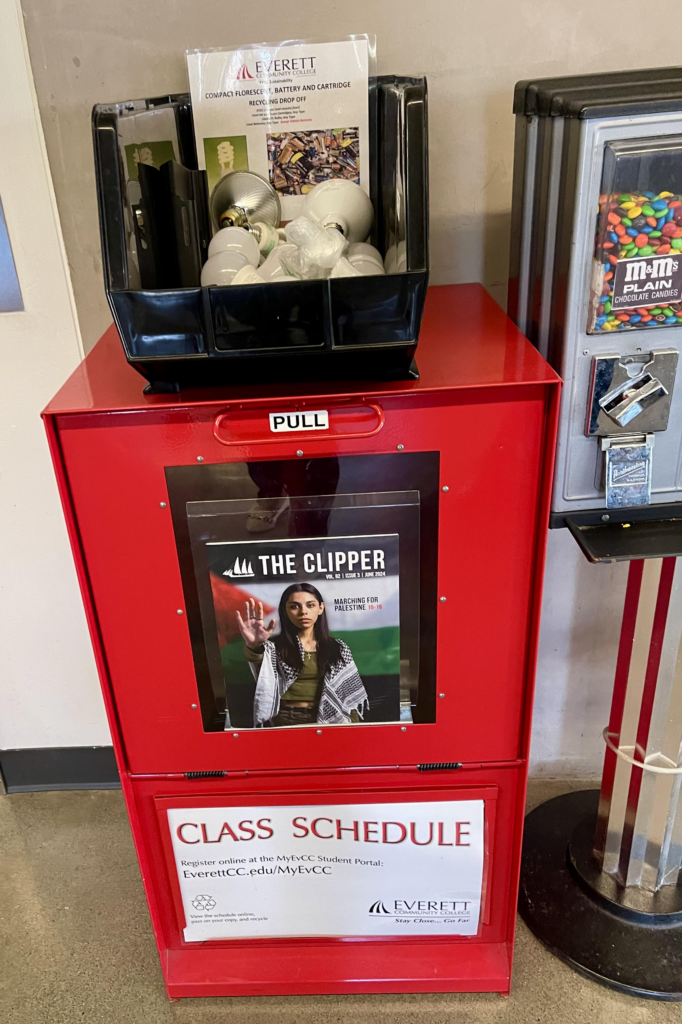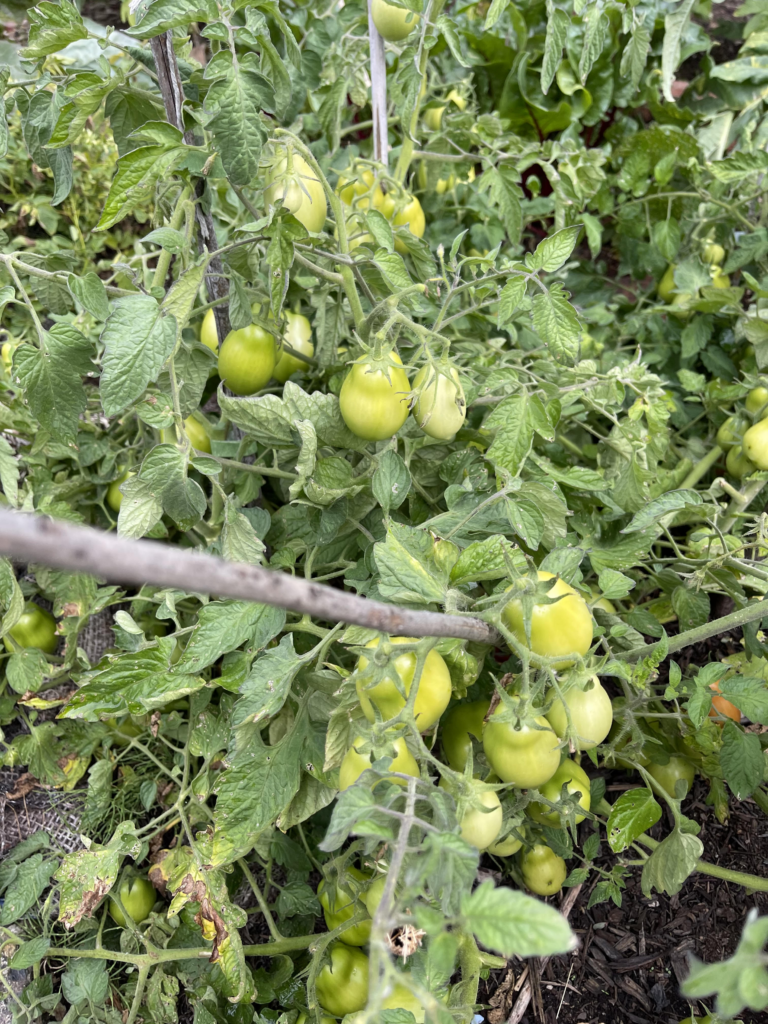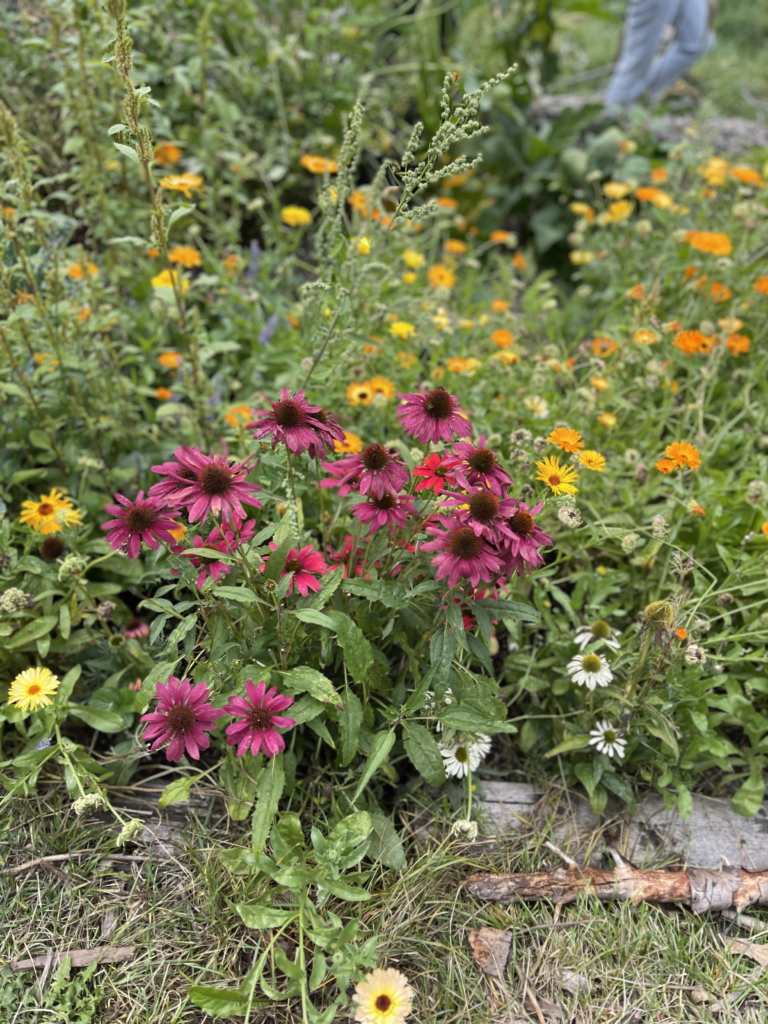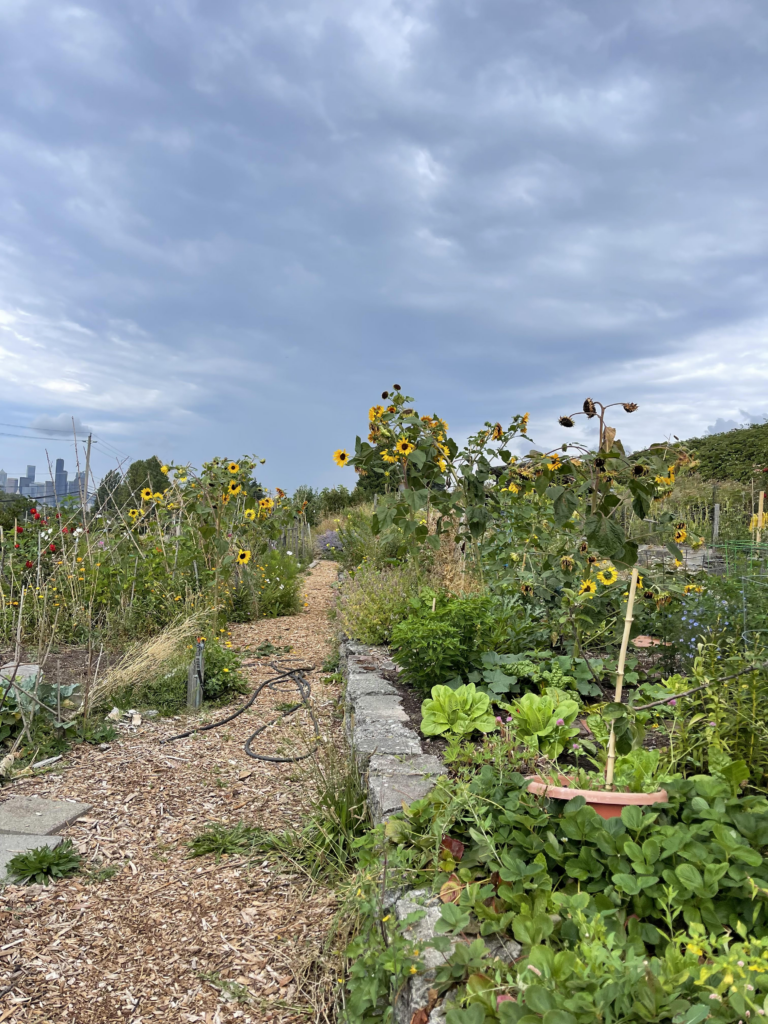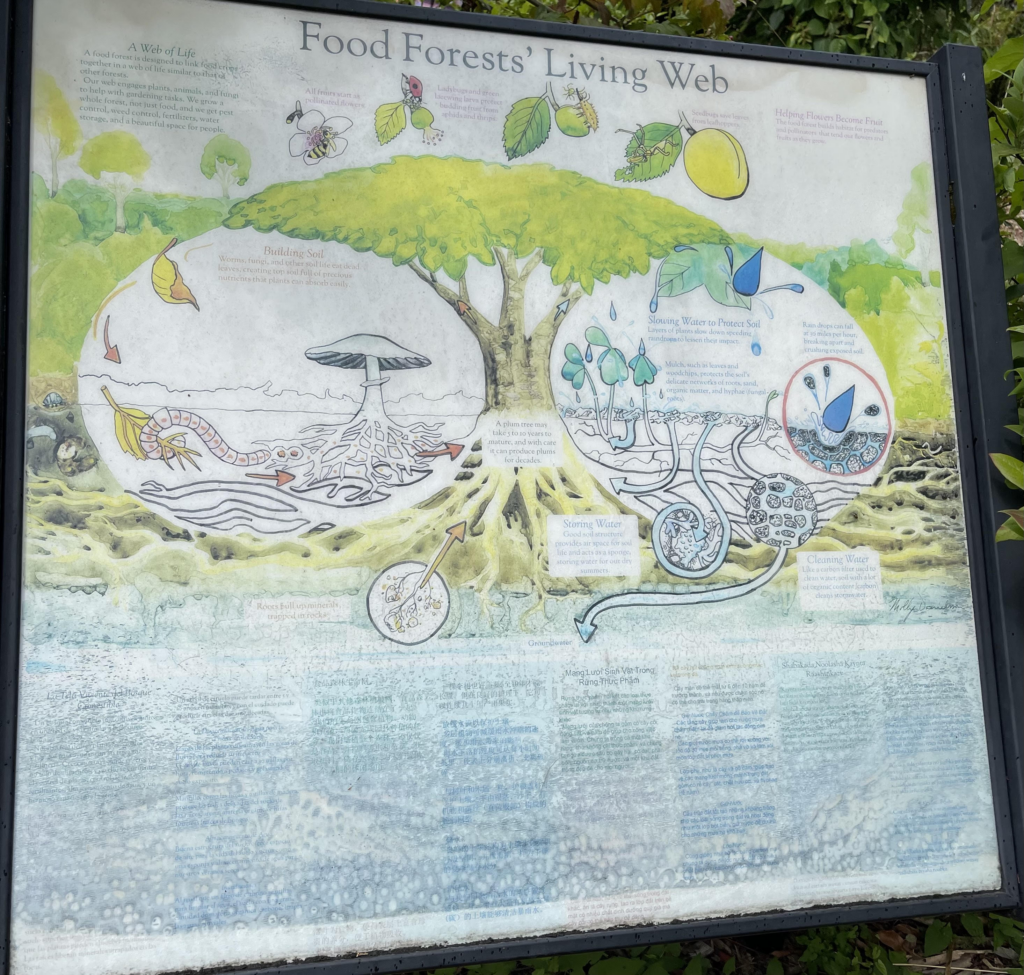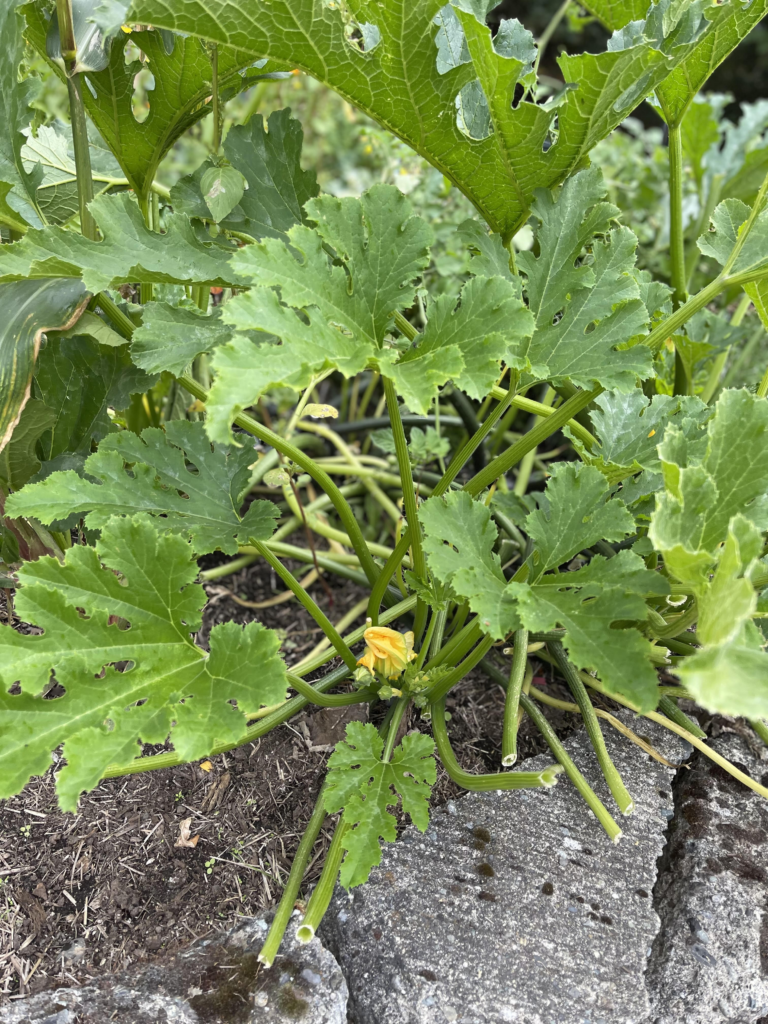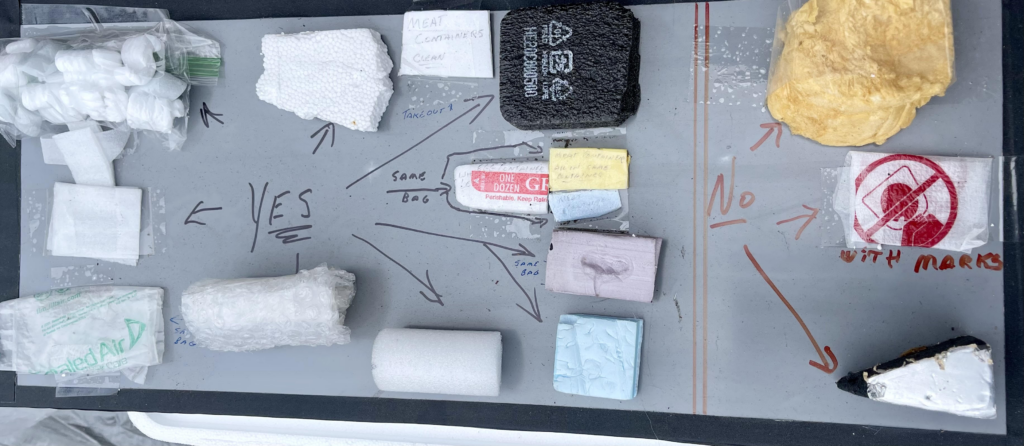
Did you know, it is estimated that styrofoam takes more than 500 years to decompose? Styrofoam has been around since 1941 – but most people are unaware of the harmful effects this petroleum-based product has on our population and our planet. How can a product that is 95% air create such a detriment to people and our planet?
Styrofoam is made from a product called polystyrene, which is a petroleum-based form of plastic. Styrofoam is used in a variety of ways; from food packaging to packaging fragile products. A 2014 National Toxicological Program report on carcinogens classified styrofoam as a product which is reasonably anticipated to be a human carcinogen – and has been linked to occurrences of leukemia and lymphoma cancer.
Over 5 billion pounds of styrofoam ends up in our landfills and waterways each year.
The world produces more than 14 million tons of styrofoam each year.
Americans alone, throw away around 25 billion styrofoam cups annually.
25-35% of all landfill waste is from styrofoam products.
40% of all styrofoam produced is used for food storage.
Styrofoam that sits in landfills releases methane gases that have over 20 times the ozone-destroying potency as CO2 emissions.
Styrofoam breaks down into smaller particles that marine animals can easily mistake for food.
Styrene, a component of polystyrene, is a harmful chemical that can leach into food and drink.
Less than 1% of styrofoam is recycled.
Global Goodness:
Simply say “no” to products packaged in styrofoam.
The majority of eco-friendly companies have chosen not to use styrofoam in their packaging.
Purchase a reusable travel cup. Stainless steel or glass cups are a great alternative to to-go cups.
If eating out, take your own glassware – or simply request a piece of aluminum foil instead of a styrofoam box.
Planet Protector:
Buy Used. Need a new tv or computer? Look online, or at a used goods store to see if you can find the model you’re looking for. You will save the pesky packaging – and most likely a few dollars.
In 2021, Washington State passed a new law (S.B. 5022) to reduce plastic waste and strengthen markets for recycled plastic. The policy bans the use of StyrofoamTM packaging in mid-2023, and StyrofoamTM food serviceware like takeout containers and foam cups in mid-2024.
Bring your used batteries, printer and toner cartridges and compact fluorescent lights to one of the following locations across campus:
- Liberty Hall (LBH): 1st floor next to the North entrance doors, across from the Fitness Center.
- Gray Wolf Hall (GWH): 1st and 2nd floors next to the bathrooms.
- Glacier Hall (GLA): 1st floor Reception 101 next to the door.
- Shuksan Hall (SHK): Main Entrance on top of the EvCC clipper box on the right.
- Parks Student Union (PSU): 2nd floor next to the ATM near the bookstore.
- Whitehorse Hall (WHI): Next to the staircase by the Main Entrance.
- Olympus Hall (OLY): 2nd floor hallway next to copier.
Please remember to limit your deposit of CFL bulbs to 10 per day and make sure it’s free from plastic bags, ziplocks or cardboard boxes.
Learn more about EvCC Sustainability! www.everettcc.edu/green
Mariya Zelenskyy – Media and Outreach Coordinator sustainability@everettcc.edu



